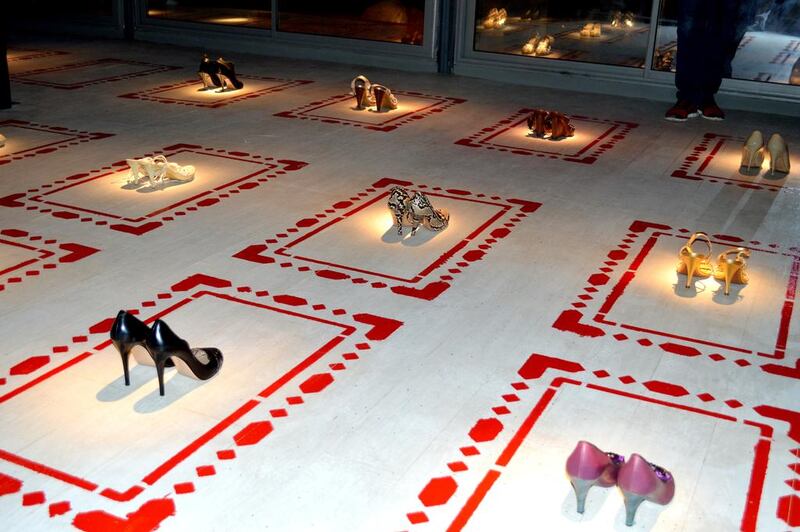Earlier this year, the third edition of Jaou Tunis – an annual arts symposium held in the Tunisian capital – was set to take place at The National Bardo Museum as a fairly low-key affair. But when gunmen stormed the building on March 18 and killed 21 people, festival organisers decided to fight back with their strongest weapon: arts and culture.
The three-day event, which ended on Saturday, May 30, and was hosted by the Kamel Lazaar Foundation, had the subtitle Visual Culture in an Age of Global Conflict. It consisted of a mobile art exhibition titled All the World's a Mosque; a series of gallery and museum tours; and a conference headed by speakers from the region, including Antonia Carver, director of Art Dubai, and Sheikh Sultan Sooud Al Qassemi, founder of Sharjah's Barjeel Art Foundation.
“It was not just an attack on tourism but also an onslaught on arts and culture and there is nothing better than arts and culture to respond to these savage acts,” said Kamel Lazaar, the Tunisian financier who created his foundation as a response to the relative absence of cultural centres in the Maghreb region.
“After this sad event, we redoubled our efforts to bring people to Tunis. Jaou Tunis is an opportunity to show that we will continue to strive against this kind of terrorism.”
The three-day event included a series of panels addressing issues such as the place of the institution and the condition of culture in the Maghreb – rotating around the underlying theme of the role of culture in regards to conflict.
“These are not just regional problems, they are global,” said Antony Downey, editor-in-chief of Ibraaz, the knowledge-production arm of the Kamel Lazaar Foundation and host of the event.
But as the panellists took up their microphones, the focus shifted to the Arab world.
In the first session, Al Qassemi showed several pieces of art dating back to 1919 to discuss the Arab world’s long history of responding to conflict and crisis with art.
These included a 1989 piece from the collection of the Jordan National Gallery of Fine Arts by the Emirati Abdul Qader Al Rais, who painted the Palestinian uprising or the first intifada, and the Iraqi artist Dia Azzawi, who depicted the 1982 Sabra and Shatila massacres in Lebanon in a style similar to Picasso's Guernica.
“Many people don’t associate art with conflict in the Arab world, but it has one of the most vibrant cultural reflections of politics in the world,” said Al Qassemi.
He ended his presentation with a talk on the Gabes mosque project in Tunisia, which his foundation supported. After the uprising in 2011, eL Seed, a street artist, painted the minaret of the local mosque in Gabes with a phrase from the Quran “to show there is no separation between religion and art”, said Al Qassemi.
“Art, indeed, should be a driving force for change,” said Ghazi Gherairi, a Tunisian lawyer and academic who is working on political reform across North Africa and spoke after Al Qassemi.
Mohammed Aziza, a well-known poet and author, echoed these sentiments and underlined the importance of street art, saying that without it the “walls” erected through conflict could not be broken.
On the second day, Al Qassemi hosted a panel discussion that featured speakers from Beirut, Cairo and Tunis, as well as Antonia Carver, to talk about art institutions in the Arab world. Carver examined how as a commercial venture, Art Dubai could add to the artistic life of the region.
“The rhetoric of the fair has changed in recent years,” she said, “moving away from the East and West dichotomies and becoming much more subtle, able to interrogate the idea of what an art fair can be.”
Lazaar reiterated the importance of such events to spread information and encourage debate.
“I believe most of prejudices and stereotypes come from a lack of knowledge,” he said. “That’s why these kind of events are crucial to making a difference.”
aseaman@thenational.ae





